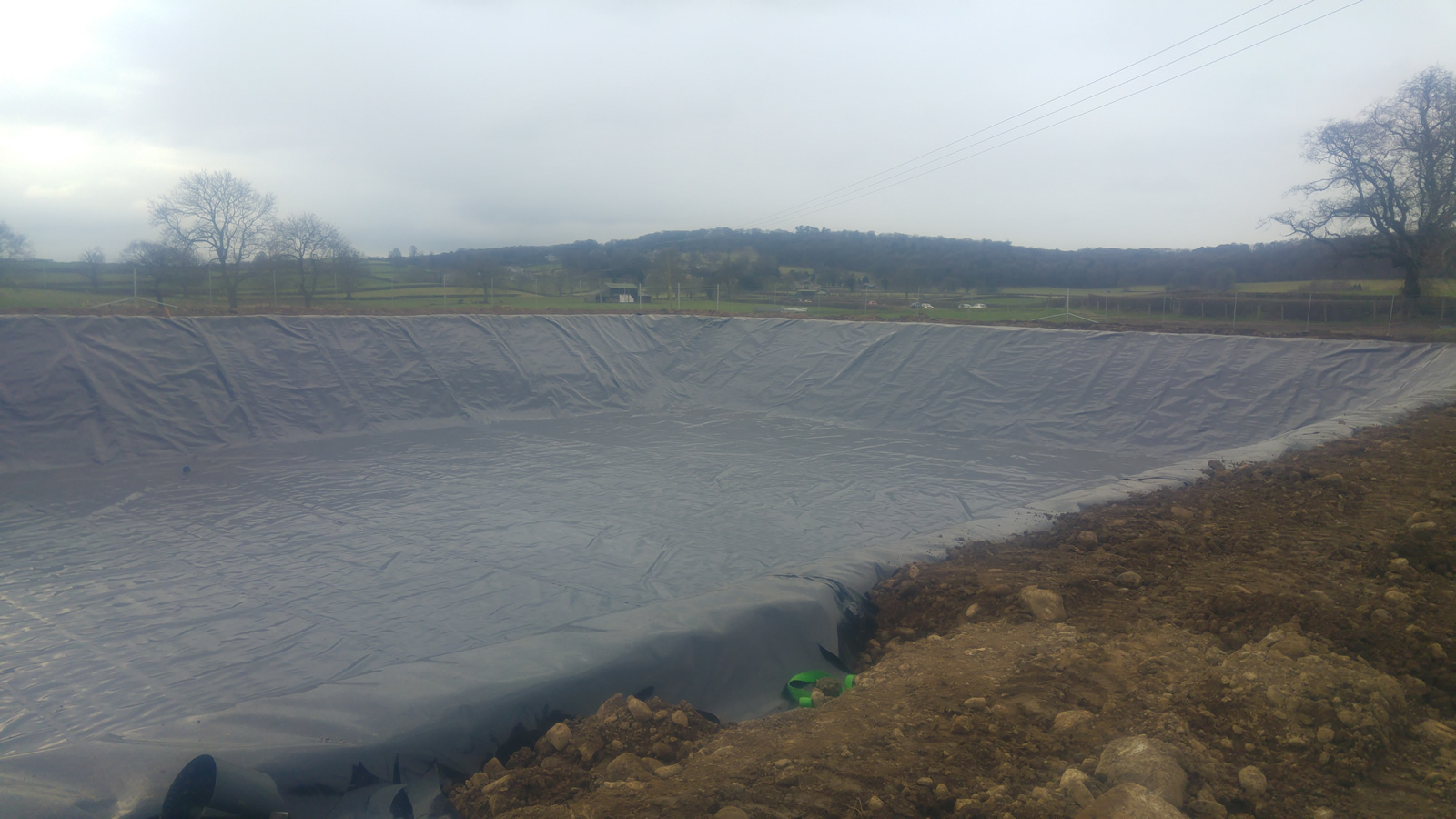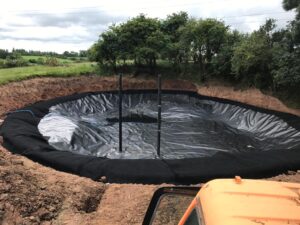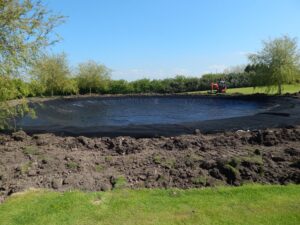Understanding Slurry Lagoon Lining
Slurry lagoons play a pivotal role in various industries, particularly in agriculture and wastewater management. These containment systems are designed to store and manage slurries, which can include a mix of liquids, semi-solids, and solids. However, the construction and maintenance of these lagoons require careful consideration, with one crucial aspect being the lining.
Lining a slurry lagoon involves the installation of barriers or materials to prevent seepage or leakage of the stored substances into the surrounding environment. The primary purpose is to protect soil and water quality, preventing contamination and safeguarding ecosystems.
Importance of Effective Lining
Environmental Protection
An effective lining acts as a barrier, preventing the infiltration of potentially harmful substances into the soil and groundwater. This is particularly crucial in agricultural settings where slurries may contain nutrients, chemicals, or organic matter that, if released, could pollute nearby water sources and harm aquatic life.
Compliance with Regulations
Regulatory bodies often mandate the use of proper lining systems for slurry lagoons to ensure environmental safety and compliance with standards. Utilising high-quality liners helps meet these requirements, avoiding potential fines and penalties.
Long-Term Cost Savings
Investing in quality lining materials upfront can mitigate the risk of environmental damage and subsequent remediation costs. A well-designed and properly installed lining system reduces the likelihood of leaks or seepage, minimising the need for expensive clean-up efforts in the future.
Types of Lining Materials
Several materials are used for slurry lagoon lining, each with its advantages and suitability for specific conditions:
Clay: Natural clay liners provide good sealing properties but can be susceptible to damage if not properly maintained.
Geomembranes: Plastic-based liners, like high-density polyethylene (HDPE) or ethylene propylene diene monomer (EPDM), offer strong chemical resistance and durability.
Concrete: While less flexible than other materials, concrete provides robust structural support and can be an effective option for certain lagoon constructions.
Installation and Maintenance
Professional Installation
Expert installation is critical to ensure the effectiveness of the lining system. Proper preparation of the site, precise installation of the chosen material, and meticulous quality checks are essential steps.
Regular Inspections
Routine inspections help identify any signs of damage, wear, or degradation in the lining. Prompt repairs or maintenance can prevent potential issues from escalating and maintain the lagoon’s integrity.
Slurry lagoon lining is a fundamental aspect of responsible resource management across various industries. By implementing effective lining solutions, we can protect the environment, comply with regulations, and ensure the long-term sustainability of our operations.
Investing in quality materials, professional installation, and regular maintenance not only safeguards our surroundings but also contributes to a more sustainable and environmentally conscious approach to managing slurries.
The careful consideration and implementation of proper lining systems in slurry lagoons serve as a testament to our commitment to preserving the environment while meeting the demands of modern industry.
To find out more about the benefits of Slurry Lagoon Linings and how we can help you contact us using the below details.
Tel: 01695 228626
Email: enquiries@enviroseal.co.uk





